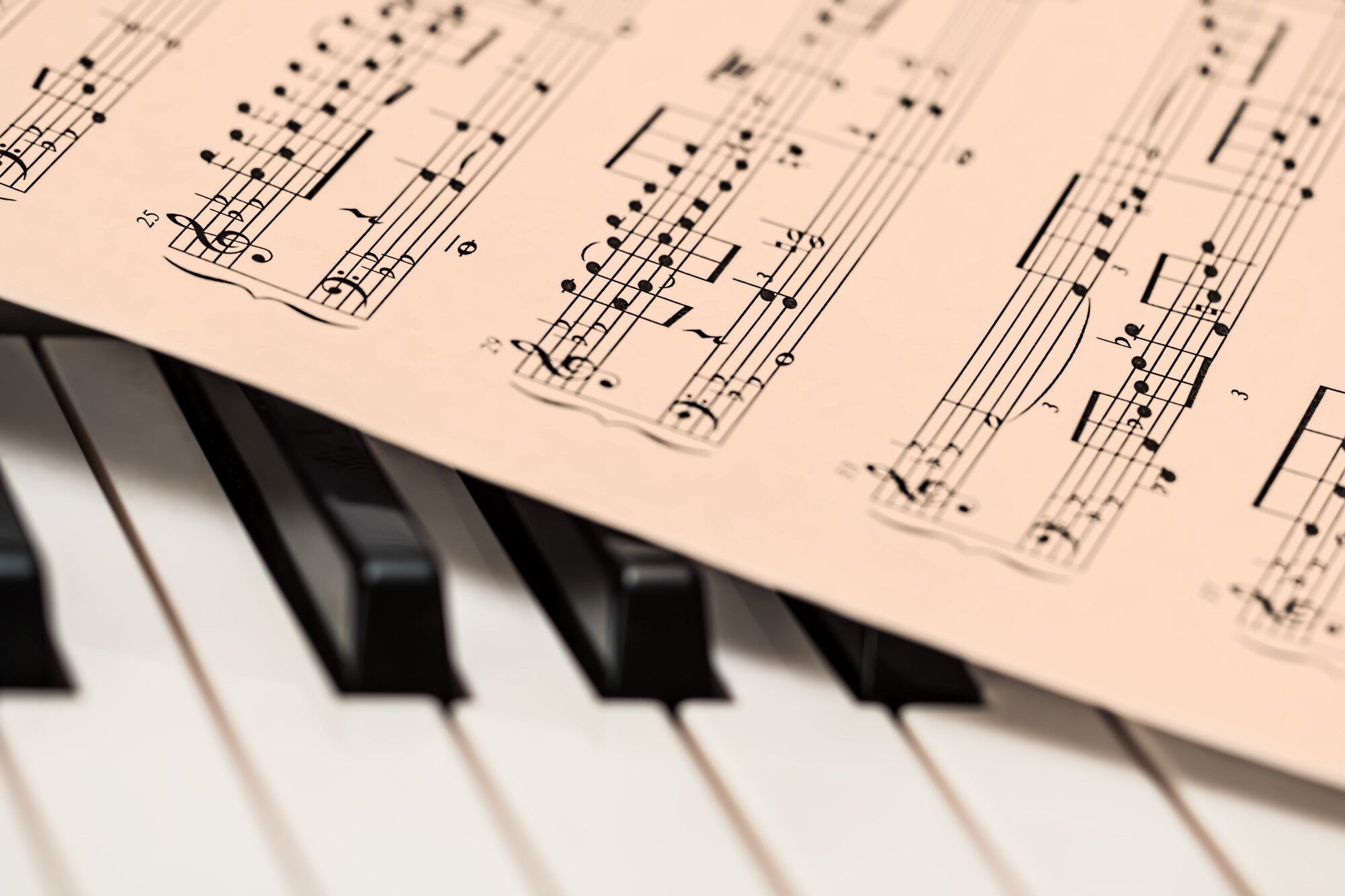
Are you starting to learn music? Then you must take the first step that every new musician takes, studying music theory.
Music theory can seem like a daunting subject. But, understanding music theory is essential for any musician. Whether you’re a beginner or an experienced musician, a solid music theory foundation can help you read sheet music, write songs, and communicate with other musicians.
In this quick guide, we’ll introduce you to the basic principles of music theory. Keep reading so you can begin your journey to becoming a more knowledgeable and skilled musician.
Pitch
In music theory, pitch refers to the perceived highness or lowness of a sound. It’s a fundamental element of music, and it’s used to create melodies, harmonies, and chords.
In Western music, we use a system of notes and scales to represent pitch. The most used scales are the major and minor scales. Seven notes that repeat at different octaves make up these scales.
Besides these basic notes, there are also sharps and flats. We use them to represent notes that fall between the basic notes. Sharps raise a note by a half step, while flats lower a note by a half step. For example, A-sharp or B-flat is the note between A and B.
Rhythm
Rhythm is organized into regular patterns of beats, which will then be grouped together into measures. You write most music in a specific time signature, which indicates the number of beats per measure and the type of note that receives one beat. For example, blues rock music is normally written in a 4/4 time signature.
Within each measure, there can be a variety of rhythms created by the duration of the notes. For example, a measure of 4/4 time might contain four quarter notes, or it might contain a combination of half notes, quarter notes, and eighth notes.
Chords
Chords are built on a specific note, called the root note. The root note determines the name and quality of the chord. For example, you build a C major chord on the root note of C. The final product will consist of the notes C, E, and G played together.
You use chords to create harmony in music, providing a foundation for the melody and adding depth and richness to the sound. You can play them on a variety of instruments, including piano, guitar, and other stringed instruments.
Notation
Notation refers to the system of symbols used to represent musical sound and rhythm on paper. It’s a standardized way of writing music that allows musicians to read and interpret sheet music.
The most used notation system is Western music notation. This notation uses a set of symbols to represent notes, rhythms, dynamics, and other musical elements.
You represent notes with different shapes and symbols, with different shapes indicating different durations (such as whole notes, half notes, quarter notes, etc.). Also, you represent rhythms with a system of dots, flags, and other symbols. This will indicate how long you will hold each note.
Use Music Theory to Your Advantage
Overall, this quick guide to music theory provides a brief but useful overview of the fundamentals. It covers pitch all the way to the notation.
This will allow you to better understand the structure of music and melodies. Use this guide as the basis for further study, and get ready to play music on a whole other level!
Did you find this article helpful? Keep reading our blog for more!





